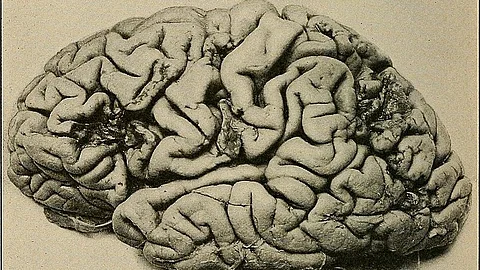The cause for these differences is not yet known and more research is needed to understand the mechanisms involved. One hypothesis is related to the cerebral substrate switch and glucose metabolism, the brain’s primary fuel source. The cerebral substrate switch is when the brain switches its favoured fuel source for another to ensure the body’s energy demands are met, for example metabolising lactate rather than glucose during exercise. The brain’s transition from consuming glucose to lactate initiates pathways that result in elevated levels of BDNF in the blood.
The observed increase in BDNF during exercise could be due to the increased number of platelets (the smallest blood cell) which store large amounts of BDNF. The concentration of platelets circulating in the blood is more heavily influenced by exercise than fasting and increases by 20%.
12 physically active participants (six males, six females aged between 18 and 56 years) took part in the study. The balanced ratio of male and female participants was to provide a better representation of the population rather than indicate sex differences. Further research is underway to delve deeper into the effects of calorie restriction and exercise to distinguish the influence on BDNF and the cognitive benefits.
We are now studying how fasting for longer durations, for example up to three days, influences BDNF. We are curious whether exercising hard at the start of a fast accelerates the beneficial effects of fasting. Fasting and exercise are rarely studied together. We think fasting and exercise can be used in conjunction to optimise BDNF production in the human brain. (GN/Newswise)
Hurry up and join the Medical Internship 3.0!


